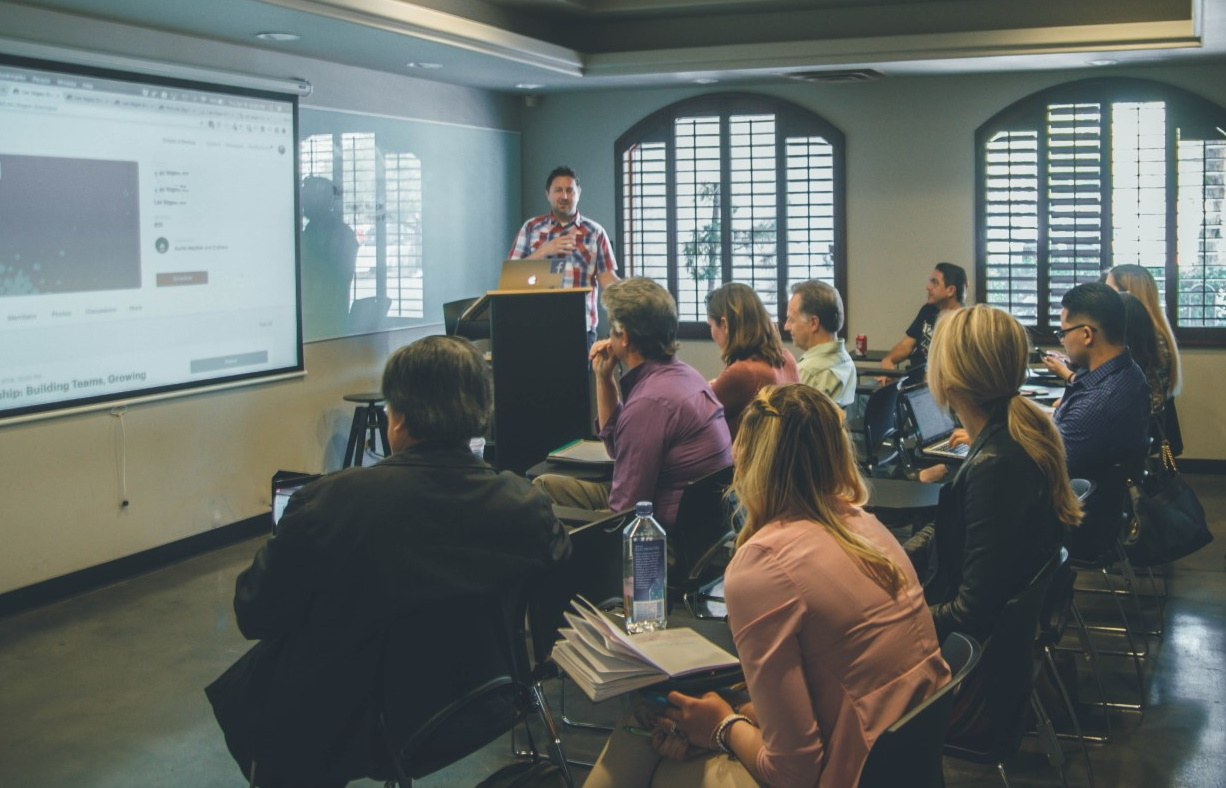
Traditionalists – how do we get around them?
Sarah wants to make some changes in her organisation, but George – who has a lot of influence – usually stops her progress. How does she get around him, or change his mind?
If this sounds familiar to you, read on.
The key is to understand what they are committed to
People who resist change aren’t always against change or opposed to the new idea; often they are just loyal to the ways that have worked before. They might even want the same outcome as you, but they have internal (and often unconscious) commitments to the great successes they have created in the past. And they see no reason to change for the sake of change.
If you are trying to make a change and someone is standing in your way. Consider these questions:
- What is that person’s interest?
- What are they trying to preserve?
- What are they committed to or loyal to – a method, an outcome, a value?
Once you are clear about those, you can respect their traditions and commitment and even satisfy them. See if you can frame your approach in these terms of the traditionalist’s inner commitments.
An Example
Let’s reconsider Sarah. She wants to introduce a virtual learning programme to fit the needs of employees who choose to work from home in the coming year. The new programme works with emotions and resilience; she knows it is needed because people are so stressed out. But her boss, George, says, “I don’t think it will work for us”.
But Sarah is absolutely certain this is what their people need right now. So she thinks, what is George committed to? She recalls that he has always insisted on in-person learning programmes in the past. She remembers him saying that when people learn together, they learn better. She also remembers when George signed up for a virtual self-paced programme and never got past the first recorded session; so she knows he is dubious about self-paced programmes, but more importantly she sees that he is committed to people following through. She also knows that he introduced Emotional Intelligence work in the past and many people found it beneficial.
Reframing the request
So now, she reframes the approach to let him know how the programme in question has the same outcomes as Emotional Intelligence training, even if it uses slightly different language. And, while the programme is ‘virtual’, it has strong accountability to keep people on track and it also is based on a social learning model. So, his commitments to ‘people learning together’, ‘keeping people on track’, and ‘Emotional Intelligence’ are all actually met by the programme. If she can respect and honour these commitments of his and show him how her programme fits them, he is more likely to give it a go.
If you are dealing with a traditionalist who blocks your way, instead of thinking, “how do I get around them?”, try: “how can I meet their internal commitments and bring them with me?”
Rewired to Relate

If you are looking for a programme that works with Emotional Intelligence concepts in a new way, has people learn together, is strong on accountability, and is fit for the new ways of working, check out Rewired to Relate. Contact us if you want to consider how this programme could be helpful in your organisation. We can help you work with your traditionalists.
Rewired to Relate